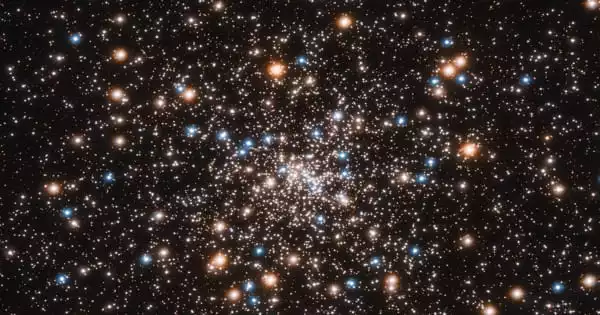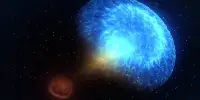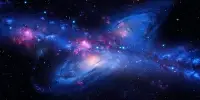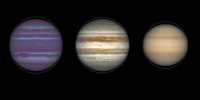The Sparkler Galaxy, a galaxy 9 billion light years away, can be seen in the galaxy in JWST’s first deep field photograph. That’s not exceptionally far out in comparison to some others in the field. The name, however, refers to star clusters, some of which are the most distant globular clusters ever observed.
150 balls of densely packed stars, resembling islands off the shore of a continent, are scattered throughout the Milky Way. These can include up to 10 million stars and are referred to as globular clusters (or just globulars) to reflect their spherical form and set them apart from the open clusters within the galaxy. There are also far more of them than in the Milky Way in other massive galaxies.
Because they contain extremely old stars and shed light on the formation of galaxies, globular clusters have played a significant role in the advancement of astronomy. The University of Toronto’s Dr. Lamiya Mowla and other writers of a recent publication describe the ancient globular clusters that encircle the Sparkler Galaxy.
The “sparkles” in the galaxy were swiftly determined to be star clusters, but despite the JWST’s incredible resolving power, the distance made it difficult to determine the cluster type. These might not actually be globulars, but rather open clusters of stars that are actively developing.
12 of these clusters that weren’t affected by surrounding objects were chosen by the researchers to be thoroughly examined. They came to the conclusion that at least five of these are globulars, possibly the oldest objects we have ever discovered, produced roughly 500 million years after the Big Bang because there were no oxygen emission lines.
In a statement, Dr. Kartheik Iyer remarked that the discovery of ancient globular clusters surrounding far-off galaxies in the initial JWST photographs was “an astounding event, one that wasn’t achievable with prior Hubble Space Telescope imagery.” “We could model the sparkles and better grasp their physical attributes, such as how old they are and how many stars they contain because we could study the sparkles across a spectrum of wavelengths.”
Although the age of the globular clusters in the Milky Way has long been established, exact dates are still unknown. We should be able to calibrate neighboring clusters more quickly by viewing clusters as they were earlier in their existence.
These recently discovered clusters were created not far from when stars were initially thought to be able to form, according to Mowla. “It’s simple to distinguish between a 5-year-old and a 10-year-old, but difficult to distinguish between a 50-year-old and a 55-year-old.”
Comparing the clusters of the Sparkler Galaxy to a photograph of a person taken fifty years ago enables a more precise determination of the person’s present age.
The globular cluster formation process may finally be resolved thanks to the Sparkler clusters.
Despite the JWST’s strength, it would be unable to observe the majority of globular clusters at this distance. The SMACS 0723 galaxy cluster, which the Sparkler Galaxy is located behind, acts as a powerful gravitational lens, magnifying the clusters 10-100 times and splitting them into three images of the Sparkler Galaxy. In contrast to being in the same direction but at a different distance, this enables astronomers to compare the photos and verify that clusters are related. The Astronomical Journal Letters reported the findings of this study.















